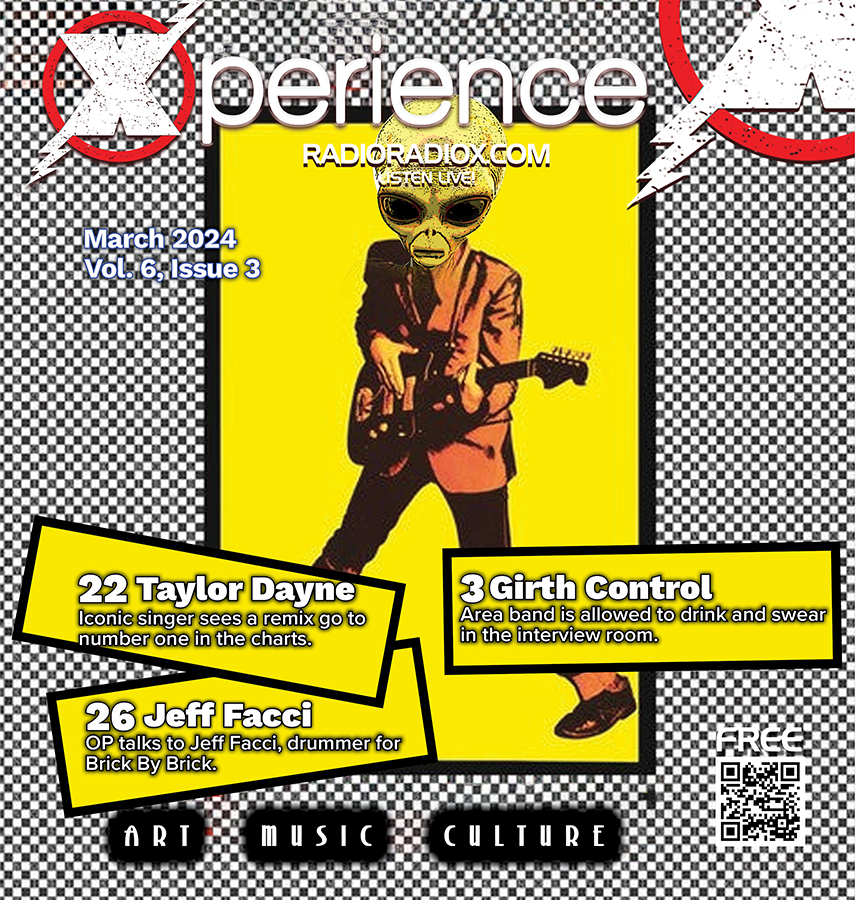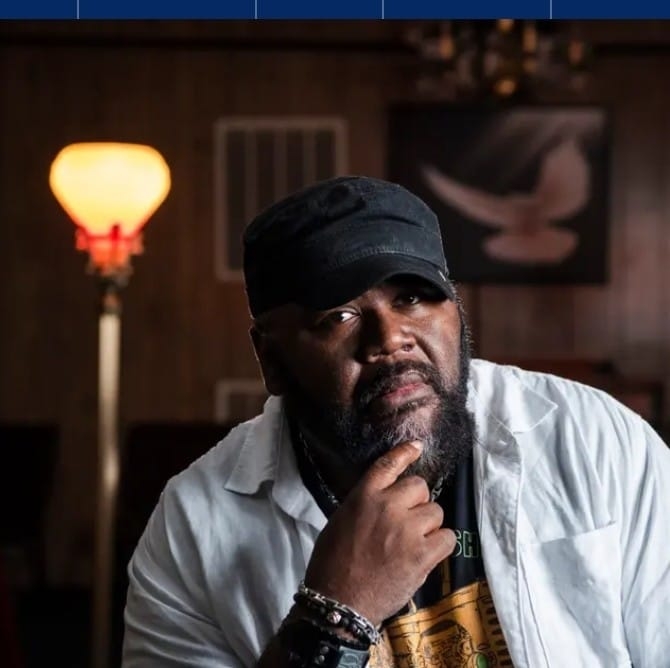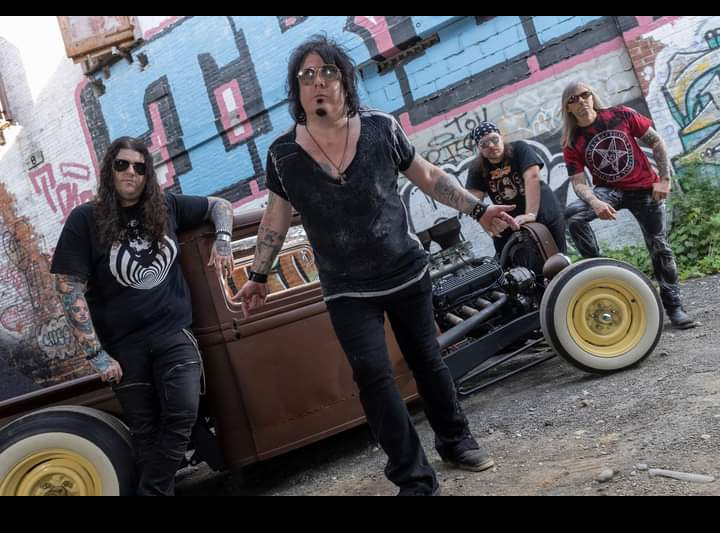Spreading Wings to Fly-Artist Nicole Alkurabi Brings the World Inside the Beauty of Moments Easy to Miss. By: Liam Sweeny
By Staff on November 6, 2021
Looking at art, there may be two camps. There may be more, but we’ll look at two. One is using a visual medium to relay some grand idea. This can be so varied as to really dodge a specific classification. This is the statement “art is what you want it to be.” The other kind of art looks at the reality of the world and brings it to a fixed medium. This is still life, or the Dutch Masters. This is about the technique and the mastery of light and shadow.
Nicole Alkurabi is in the second camp of art. Her work with animal life is transformative, and it would be impossible, from any distance, to believe her to be a painter and not a wildlife photographer. And she’s agreed to sit down with us and answer a few questions.
RRX: Your artistic talent is incredible. What I’ve seen of your work, just the level of living detail captures animal life in pretty much three dimensions. When you started painting, was it animals and “still life,” or was it something more abstract? Also, was painting your first love, or was it a sketch, or something else?
NA: Paint has always been my preference. When I first began painting I had a strong interest in realism which met my love of animals, but it was never a straight line. I did paint animals, but I painted everything that caught my attention just trying to solve the difficult question of “what interests me?” I bounced through many different techniques just trying to find something that felt like home. It took more than a decade, but I’ve finally found it.
RRX: When you start to paint, I imagine you’re not calling a raven up from scratch. There are models, maybe images that you use to bring them to a canvas. My guess is that with your ability, you could bring just about any image to life, but is there anything in particular you look for in an image that you end up using?
NA: When I first start brewing something up it actually begins with a color pallet in my head. Sometimes, I’ll see flashes of color combinations in my head and I’ll think about the color pallet until I can visualize a painting coming to life. From there, I start to see an animal and a moment, a fleeting moment to be exact, where you are either connecting with the animal or it is about to leave you. With this version in my head I search the internet for reference photos to work off of. I typically use 3-5 images of an animal in a similar pose to what I have in mind. It can be maddening if the painting doesn’t align with my vision perfectly, but I keep working until it feels right.
RRX: When I think of painting, I personally think of abstract work. Very heavy on being interpreted, very subjective. Abstract is more focused on relaying an idea than getting details right. But all art is abstract, all art is subjective. What, if you’ve thought about it; what “idea” do you try to impart into your work? Is there a greater concept?
NA: I have a great love of abstract expressionism and the freedom it gives you. In agreement, all artwork is subjective and should make you feel something. Maybe stare a little longer than you usually would, think about a feeling that perhaps never crossed your worried mind. To me, my work showcases the beauty of a moment that has nothing of note. A raccoon catching the weight of your gaze or a raven about to take flight. Think of how many of these unnoteworthy moments you miss in a single day. Those thoughts inspire me.
RRX: So your work isn’t just lightning, even if you were painting lightning; it is a process. And I’m sure many people have asked you what your process is. And far be it from us to follow the crowd, but it is a worthy question. So let me put a wrinkle on that. At what point during your process do you realize that there’s no going back?
NA: My work weighs heavily on discipline, understanding, and problem solving. There is this undefined stage where the painting is not exactly good, but not quite bad either. During those moments I struggle with every mark, wondering if that was the one mark that has brought it down to being poorly executed. It’s probably at that point I realize there is no going back, we’re going to work it out no matter how long it takes.
RRX: We like to take a peek under the engine here when it comes to the mechanics of the art. We realize that most people never get a look under the wonder of what they see in the finished product. So, if I were a young dabbler in paint, what particular art supply should I absolutely not go cheap on?
NA: Don’t buy cheap canvases. Rage against this shortcut. Buy the wood, saws, unprimed canvas, gesso, and staple gun and build a real stretcher. Your canvas makes a difference and frankly there is a certain amount of dignity in it.
RRX: One of the things about producing such great work is that people want it hanging from their mantles. So selling your work is at times an artist’s bane and at other times, an artist’s bread. How does that happen? Is it primarily through social media? Do you have work in a gallery? How do people reach you?
NA: I do exhibit a couple of times a year and I am lucky enough to have people reach out to me on social media for commissions. I’ve always referred to my work as a passion that pays for itself and for that I am eternally grateful. It’s on the to-list to launch an official website and one day I’ll convince myself to take the leap.
RRX: This is where you answer the question that I did not ask. Any favorite subjects? Funny questions people have asked (aside from me)? Educate, enlighten, emote – the floor is yours.
NA: My favorite question would be for my advice to people just beginning to paint. My response is to stay curious and be okay with nonconformity. Study other artists and watch tutorials, even if you don’t follow them. Don’t let the imposter syndrome keep you from starting your next piece, there is always more to learn but the joy is the journey.





 RadioRadioX
RadioRadioX